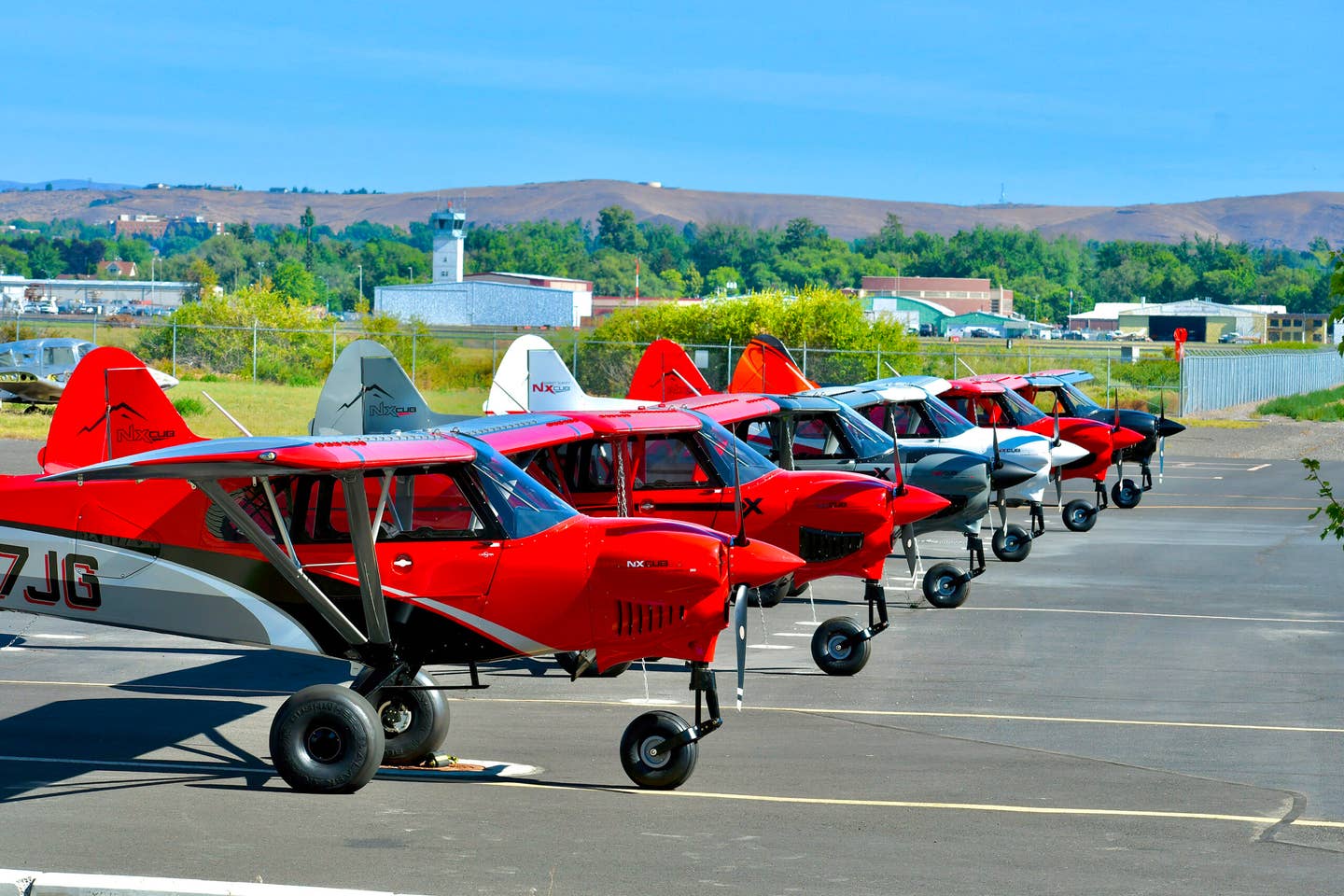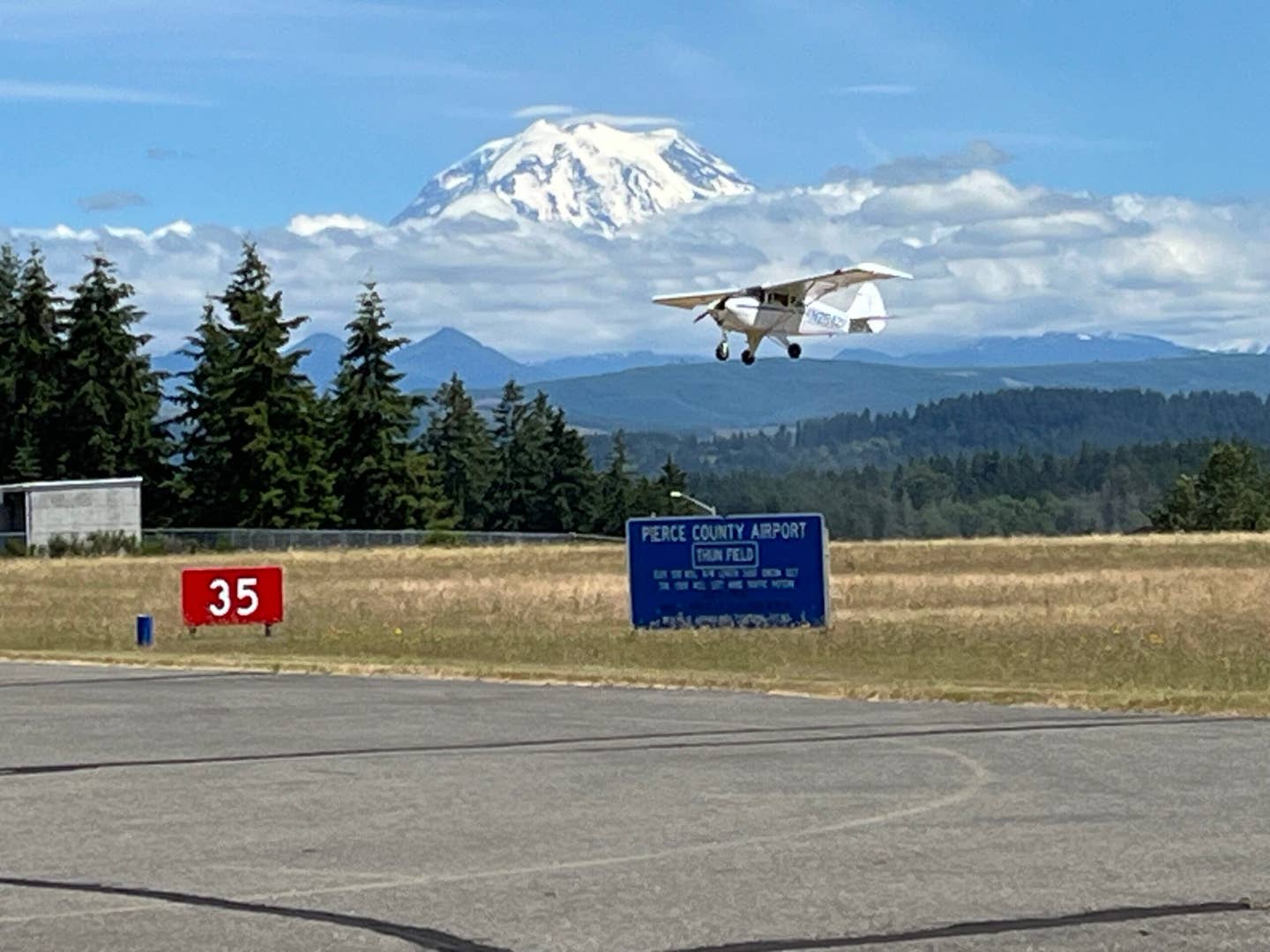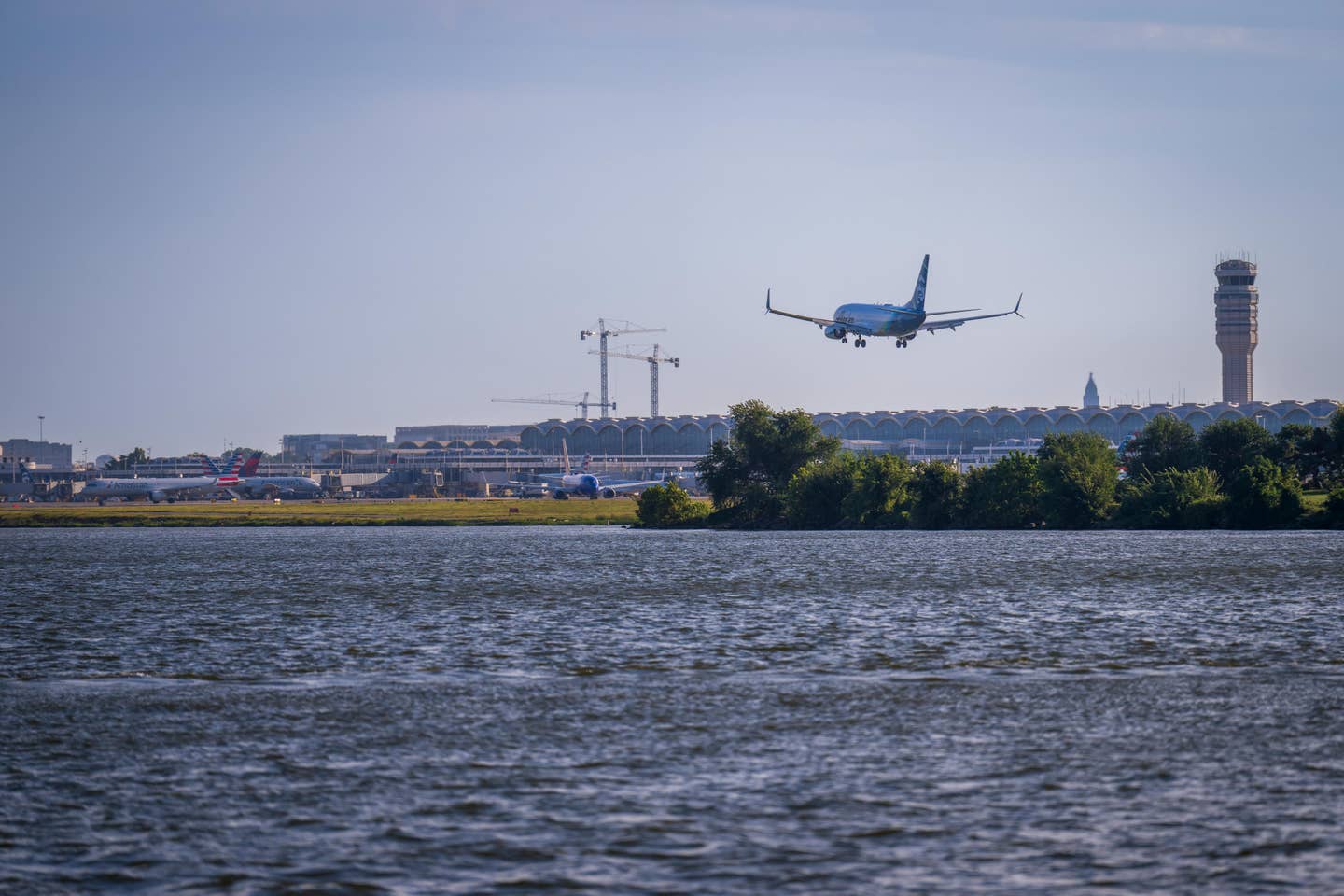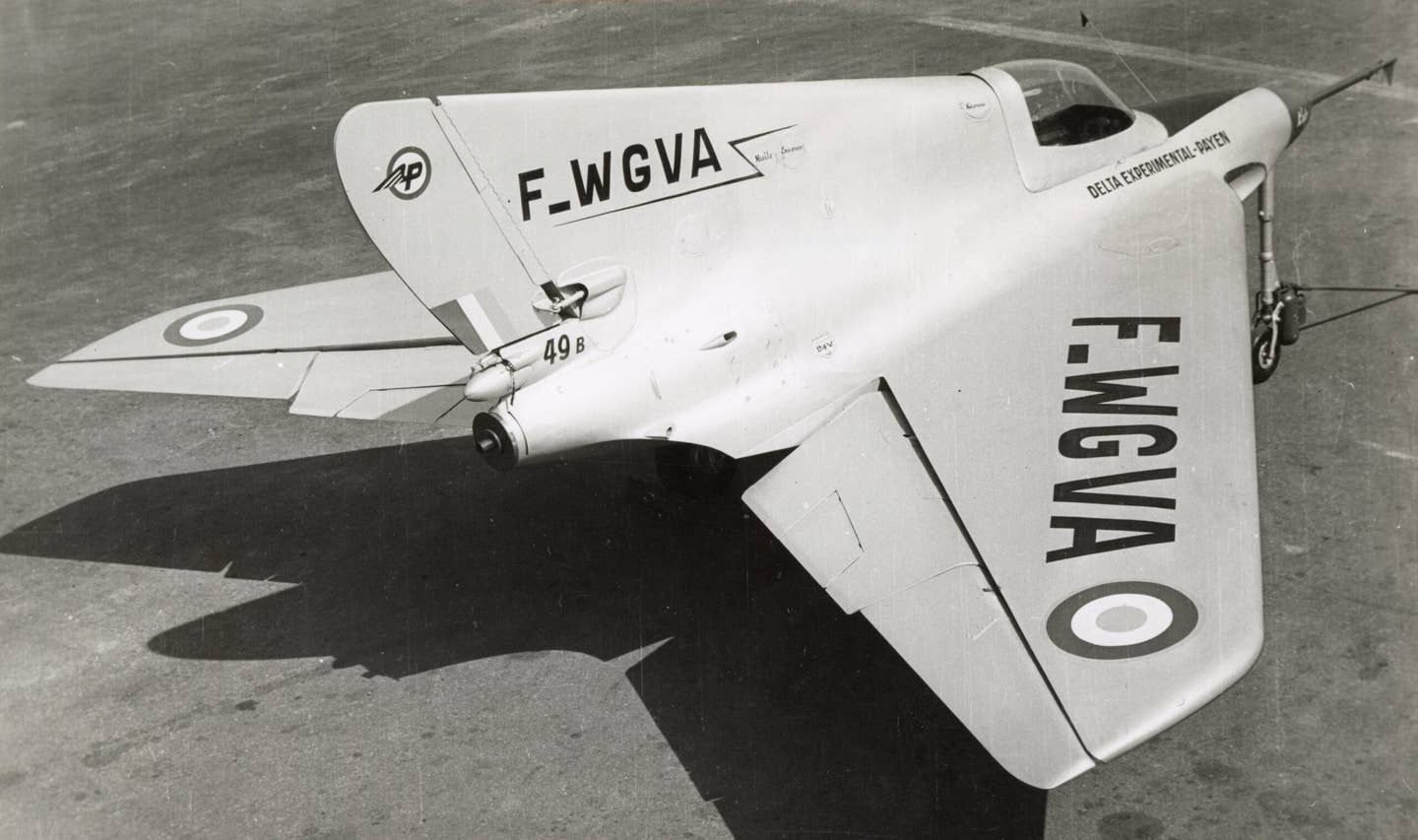
The National Transportation Safety Board has made recommendations to enhance safety within the Class B Exclusion Area over the Hudson River - commonly known as the Hudson VFR corridor. And so far, there is no talk of closing the corridor. Based on its review of the Aug. 8 collision between a Piper Lance and a tour helicopter, the board has made five recommendations. They include: establishing procedures for coordination among ATC facilities (there are questions about the clarity of the communications from the Teterboro tower controller to the pilot of the Piper, which departed from Teterboro); requiring controllers to instruct pilots to switch from ATC communications to the common traffic advisory frequency (CTAF) and self-announce before they enter the corridor; adding a notice regarding use of the Hudson CTAF to the ATIS broadcast at Teterboro Airport; and ensuring that pilots monitoring an ATC frequency, but approaching the corridor, receive traffic advisories from controllers of potential conflicts visible on radar. The NTSB also recommends that the FAA establish a special flight rules area (SFRA) for the corridor airspace, and require pilots to complete a training course before operating in the SFRA, which includes the airspace surrounding the Statue of Liberty and Ellis Island. The Washington D.C. SFRA is mentioned as a model for the program. And finally, the safety board recommends that helicopters be required to fly at lower altitudes than fixed-wing aircraft - a practice that was customary on a voluntarily basis until a few years ago, when helicopter tour operators agreed to fly higher to accommodate noise considerations. As part of the NTSB report, it was noted that the Hudson VFR corridor has been in operation for 30 years, with an average of 200 flights per day through the area, and the August collision was the first in history. Further, the report says the number of near mid-air collision (NMAC) reports over that time period has been extremely low, given the level of traffic. New York Sen. Charles Schumer doesn't believe the proposed changes go far enough and suggests requiring ATC to monitor all flights through the corridor and for pilots to file flight plans to fly there. He called the current rules, "a mess."

Sign-up for newsletters & special offers!
Get the latest FLYING stories & special offers delivered directly to your inbox






